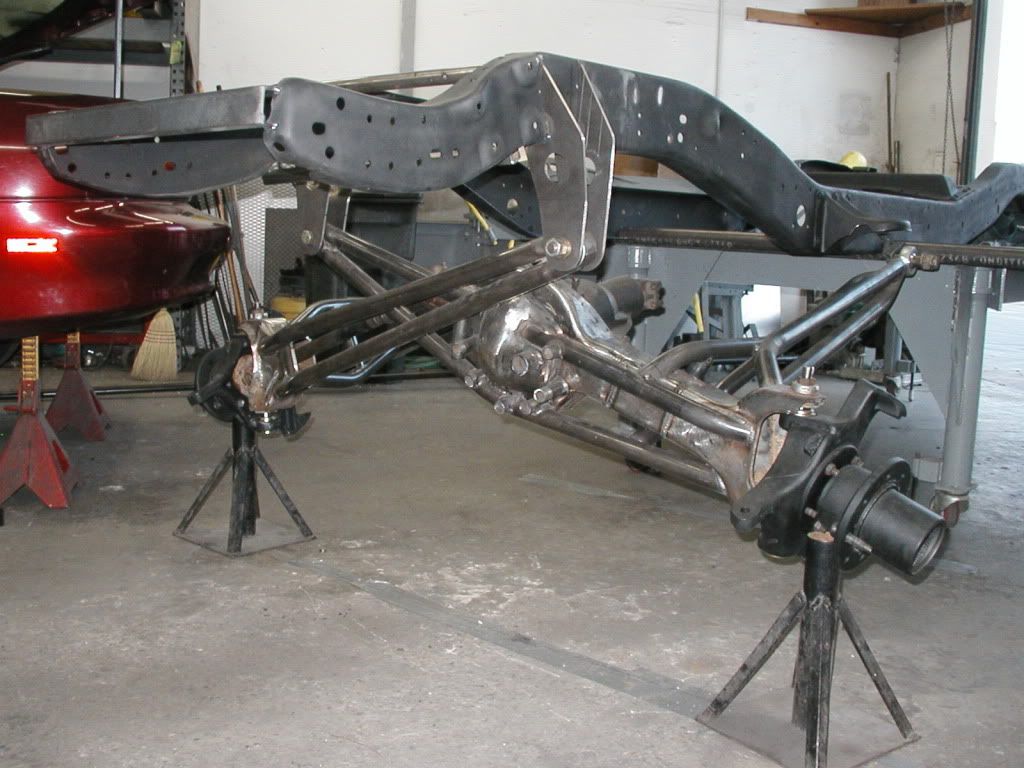AlaskanRider
New Member
- Joined
- Apr 5, 2011
- Messages
- 165
- Reaction score
- 0
- Points
- 0
- Vehicle Year
- 1991
- Make / Model
- Ford
- Engine Size
- 4.0
- Transmission
- Manual
Hello, I'm going to be welding some brackets on my truck sometime in the near future, and have alot of ideas.
But i'm scared to weld on my truck. The welding part is OK, I have a few hundred hours of experience (not a great welder, but somewhat confident). Im just wondering about my sensors and everything.
I read in the magazine,
I was working with a miner this summer on his washing plant, and he was using his excavator as a hoist for some particularly heavy piece. After it was all welded up, the next time he tried to start it the starter was bad, and he SWORE that the welder was what did it.
On a side note, I saw a really cool setup on pirate 4x4 in the TTB jeep thread.

Anyone know who's truck this is? I would enjoy reading more about it. I like how the brackets mount on the frame. Nice and simple.
But i'm scared to weld on my truck. The welding part is OK, I have a few hundred hours of experience (not a great welder, but somewhat confident). Im just wondering about my sensors and everything.
I read in the magazine,
but is there anything anyone can add to this? Has anyone followed the above and still damaged something?When welding on the truck, please note to disconnect the battery and unplug any modules that your truck may use. Just disconnecting the battery is not enough. The electrical system on your truck is very sensitive to spikes, hence the use of fuses and breakers. A welder uses a lot more amps than the system is used to seeing. You could end up frying any one of the modules. Not a good thing if you’re just making a small patch job. It’ll make the frustration level increase. Also check for harnesses and lines running inside the frame channel. Make sure that these are moved out of the way of the welding. A melted harness or a broken brake line would be bad. Fuel lines tend to be bad when heat is applied to them. Can we say Darwin candidate?
I was working with a miner this summer on his washing plant, and he was using his excavator as a hoist for some particularly heavy piece. After it was all welded up, the next time he tried to start it the starter was bad, and he SWORE that the welder was what did it.
On a side note, I saw a really cool setup on pirate 4x4 in the TTB jeep thread.

Anyone know who's truck this is? I would enjoy reading more about it. I like how the brackets mount on the frame. Nice and simple.














